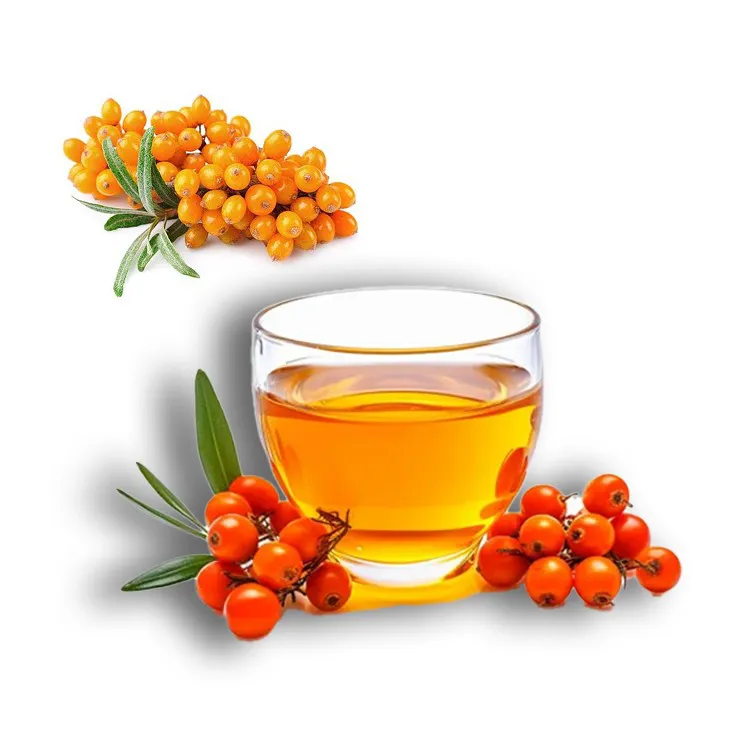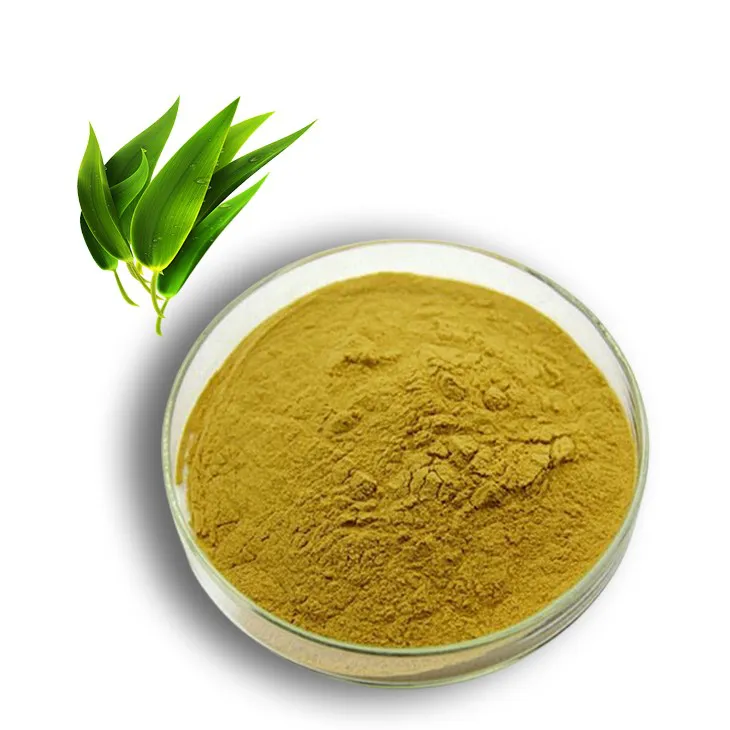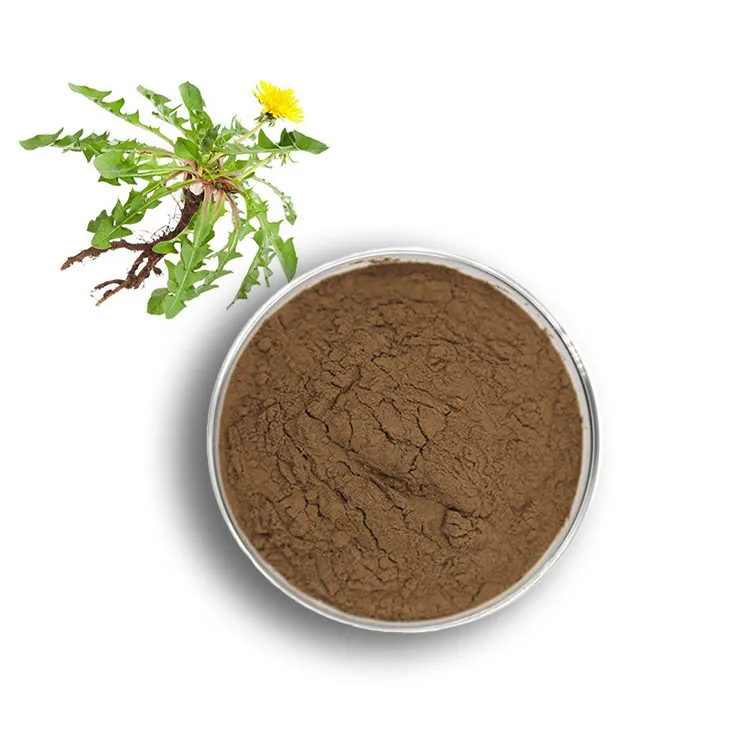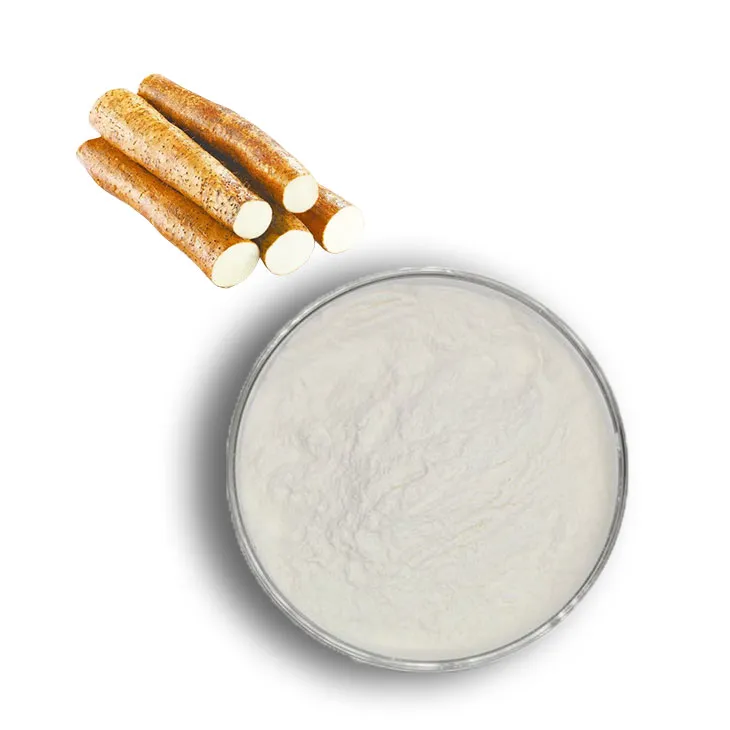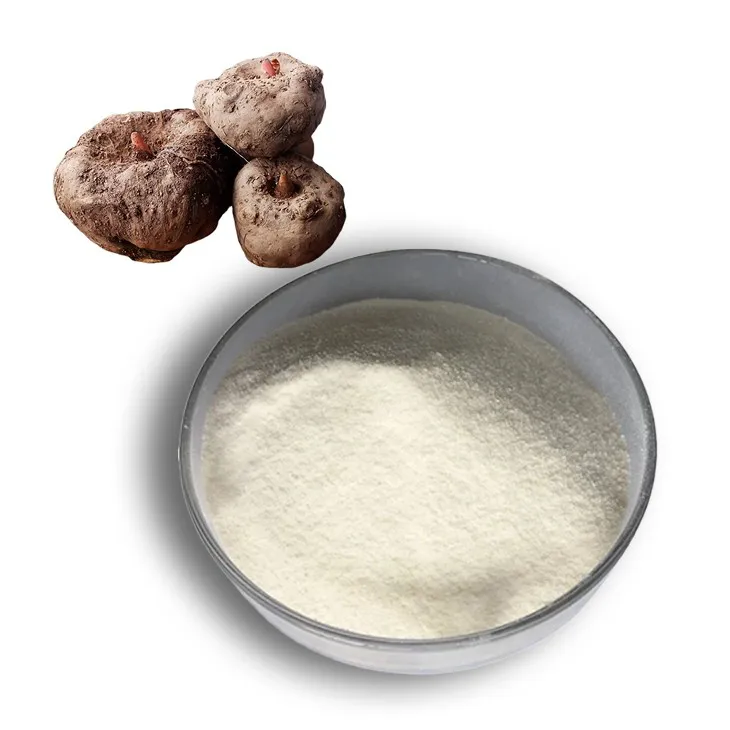- 0086-571-85302990
- sales@greenskybio.com
Can You Eat Grape Leaves Raw?
2025-09-27
Grape leaves are a staple in Mediterranean, Middle Eastern, and Asian cuisines, celebrated for their unique flavor and a multitude of culinary uses. These heart-shaped leaves, often associated with Mediterranean dishes like dolmas (stuffed grape leaves), offer a wealth of nutrients and are reputed for health benefits. However, a common question arises among food enthusiasts: can grape leaves be eaten raw? This article investigates the nutritional profile, potential health benefits, and culinary applications of grape leaves, while addressing the question of their raw consumption.
Understanding Grape Leaves and Their Nutritional Value
Grape leaves are the raw foliage of the grapevine (Vitis vinifera) and have been used in traditional cuisines for centuries. They possess a distinct flavor: earthy and slightly tangy with a mild, fruity undertone. This unique flavor profile contributes to the culinary appeal of grape leaves, enhancing a variety of dishes, especially in Mediterranean and Middle Eastern cuisine.
The nutritional content of grape leaves is impressive, offering a range of vitamins, minerals, and antioxidants. Key components include:
1. Vitamins: Grape leaves are rich in vitamins A, C, and K, providing essential nutrients for immune function, skin health, and blood clotting. Vitamin A is particularly beneficial for vision and immune system support, while vitamin C serves as a powerful antioxidant and supports collagen production.
2. Minerals: Grape leaves contain minerals such as calcium, magnesium, and potassium, which are critical for bone health, muscle function, and maintaining electrolyte balance.
3. Fiber: As a good source of dietary fiber, grape leaves aid digestion and support metabolic health.
4. Antioxidants: Like grapes, grape leaves contain a variety of flavonoids such as Quercetin, luteolin, and kaempferol that exhibit antioxidant properties, protecting cells from oxidative stress and inflammation.
The Question: Can You Eat Grape Leaves Raw?
While grape leaves are more commonly consumed after being blanched, blanched, or cooked, the question arises whether they can be eaten raw. In response, here are key considerations:
1. Edibility: Grape leaves are technically edible in their raw form. However, they are often tough, fibrous, and slightly bitter when uncooked, which may be less palatable for some individuals.
2. Digestibility: Raw grape leaves contain natural compounds called tannins, which can contribute to bitterness and may be difficult to digest for some individuals. Cooking helps reduce tannin content and improve palatability.
3. Potential Risks: While accidental ingestion of raw grape leaves poses minimal risk, large quantities might lead to digestive discomfort due to undigested fibers and tannins.
Cooking and Culinary Uses
While raw consumption of grape leaves is possible, cooking enhances their flavor and palatability. Culturally and gastronomically, grape leaves are celebrated for their use in various cuisines. Here is a look at their culinary uses:
1. Stuffed Grape Leaves (Dolmas): Widely recognized in Mediterranean, Middle Eastern, and Balkan cuisines, grape leaves encase flavorful fillings of rice, herbs, and sometimes meat. The tender, translucent leaves meld with the stuffing, imparting their flavor to the dish, making it a popular choice for appetizers and side dishes.
2. Salads: Blanched or lightly steamed grape leaves can be incorporated into salads, offering a tangy taste and beneficial nutrients.
3. Wraps: Grape leaves can serve as wraps for a variety of fillings, a refreshing and nutritious alternative to tortillas or other wraps.
Extraction of Nutrients: Why Cooked May Be Better
While grape leaves are technically edible raw, cooking them offers significant benefits in terms of taste and nutritional assimilation:
1. Tannin Reduction: Tannins, responsible for the bitter taste, can predominate in raw grape leaves. Blanching or cooking reduces tannin content, softening the leaves and enhancing flavor.
2. Improved Digestibility: Cooking helps break down cellulose and plant fibers, making grape leaves more palatable and gentle on the digestive system. Cooking also promotes better nutrient bioavailability, facilitating the absorption of vital vitamins and minerals.
3. Flavor Enhancement: Cooking enriches the natural flavors and aromas of grape leaves, making them more appealing in culinary applications. Traditional cooking methods often entail steaming or blanching to soften their texture.
Health Benefits of Grape Leaves
While most renowned for their culinary potential, grape leaves also offer a spectrum of health benefits achieved through their nutrient-dense profile and bioactive properties:
1. Antioxidant Properties: The flavonoids in grape leaves have antioxidant properties, known to neutralize free radicals and reduce oxidative stress. This helps in protecting cells from damage and reducing the risk of chronic diseases.
2. Anti-Inflammatory Effects: Showcasing natural anti-inflammatory properties, grape leaves are beneficial in managing inflammatory responses, promoting cardiovascular health, and reducing risk factors for chronic diseases.
3. Dietary Fiber: The fiber content in grape leaves supports digestion, promotes regular bowel movements, and aids in the management of cholesterol levels.
4. Bone Health: Rich in essential nutrients, grape leaves provide vitamin K and calcium, both integral to maintaining bone density and strength, potentially reducing risks of osteoporosis.
5. Weight Management: As a low-calorie food with significant fiber content, grape leaves promote satiety and can support weight management.
Incorporating Cooked Grape Leaves into Your Diet
While raw consumption is permissible, leveraging the full potential of grape leaves involves incorporating them into meals. Here are practical ideas for doing so:
1. Traditional Dolmas: Delicate grape leaves are often used to create dolmas, stuffed with a savory mixture of rice, meats, or legumes, herbs, and spices. Variations can include seasonings like dill, mint, and pine nuts.
2. Creative Wraps: Use blanched grape leaves to make alternative wraps filled with a variety of vegetables, grains, or lean proteins.
3. Soups and Stews: Chopped grape leaves can be added to soups, stews, curries, or broths, enhancing flavor and nutritional profile.
4. Tapenades and Dips: Puree cooked grape leaves along with ingredients like garlic, lemon juice, and herbs for a nutrient-rich dip or spread.
5. Salads and Sides: Blanched grape leaves can be sliced and tossed into salads or used as garnishes for various dishes, introducing new flavors and nutrients.
6. Tea: Dried grape leaves can be used to prepare a soothing tea, flavored with honey or cinnamon for added sweetness.
Safety Considerations
While grape leaves are generally safe for consumption, there are essential factors to consider:
1. Pesticide Residues: Ensure that the grape leaves are organic and free from pesticide residues, which could impact both health and flavor.
2. Proper Preparation: If consuming raw grape leaves, wash them thoroughly to remove dirt, chemicals, or contaminants. Choose young, tender leaves for the best results, as they have a milder flavor and are easier to chew.
3. Allergic Reactions: Though rare, allergies to grape plants may occur; individuals with sensitivities or pollen allergies should exercise caution when consuming grape leaves.
4. Consultation: Those with specific health conditions, including kidney dysfunction, should consult a healthcare provider regarding high intake frequency, especially if considering supplements or consuming large quantities.
Conclusion
Bioflavonoids, with their range of health-enhancing properties, offer considerable promise in supporting immune health through dietary intake. Their diverse presence in colorful fruits, vegetables, and plants ensures accessibility and inclusion in balanced diets committed to preventive health. While research ongoingly investigates mechanisms behind bioflavonoids' effects on immune systems, their antioxidant, anti-inflammatory, and antimicrobial properties underscore their valuable role in bolstering immunity and supporting overall well-being.
Exploring and embracing a varied diet rich in bioflavonoid sources empowers individuals to enhance their health, promoting long-term wellness and vitality. Whether for protection against infections, enhancing cellular processes, or bolstering resilience against chronic illness, leveraging the power of bioflavonoids offers a tangible step towards creating robust health-defense strategies in an ever-evolving landscape of health consciousness. Embrace natural abundance with intention and knowledge, as the journey toward a strengthened immune system unfolds—fortified by the indispensable role of bioflavonoids in nurturing holistic health.
Green Sky Bio provides the best extracts and supplements. It is a Chinese self-developed brand that is trustworthy! Welcome to email us to inquire about our products.
- ▶ Hesperidin
- ▶ Citrus Bioflavonoids
- ▶ Plant Extract
- ▶ lycopene
- ▶ Diosmin
- ▶ Grape seed extract
- ▶ Sea buckthorn Juice Powder
- ▶ Fruit Juice Powder
- ▶ Hops Extract
- ▶ Artichoke Extract
- ▶ Mushroom extract
- ▶ Astaxanthin
- ▶ Green Tea Extract
- ▶ Curcumin
- ▶ Horse Chestnut Extract
- ▶ Other Product
- ▶ Boswellia Serrata Extract
- ▶ Resveratrol
- ▶ Marigold Extract
- ▶ Grape Leaf Extract
- ▶ New Product
- ▶ Aminolevulinic acid
- ▶ Cranberry Extract
- ▶ Red Yeast Rice
- ▶ Red Wine Extract
-
White Peony Extract
2025-09-27
-
Reishi mushroom extract
2025-09-27
-
Sea buckthorn oil
2025-09-27
-
Bamboo Leaf extract
2025-09-27
-
Green coffee bean Extract
2025-09-27
-
Dandelion Root Extract
2025-09-27
-
Yam Extract
2025-09-27
-
Konjac Powder
2025-09-27
-
Aguaje Extract
2025-09-27
-
Lemon Balm Extract
2025-09-27













